Chinese Slaves and Coolies - 苦力 Kǔ lì
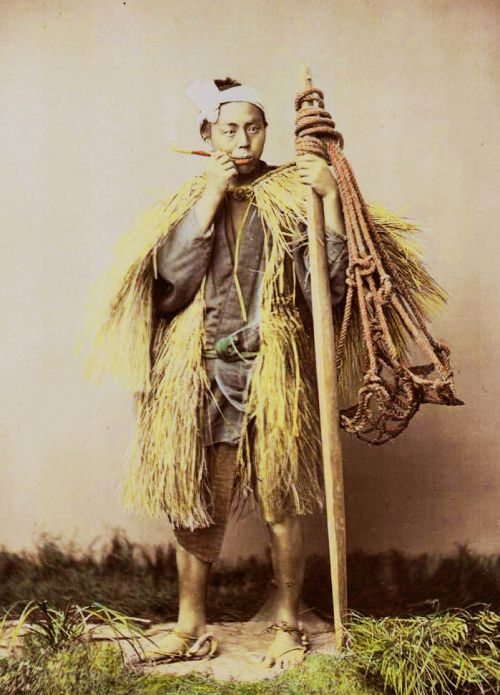
Slavery came to an end with the closure of the infamous trade from Africa to the Caribbean didn't it? Well this is not really true and just as surprisingly it was Chinese slaves who provided the replacement labor.
When I come across the term ‘coolie’ I think of old black and white naval films about World War 2 when the engine stokers were generally called 'coolies'. Another appreciation is from the 1970s ‘Kung Fu ➚’ series of the plight of immigrant Chinese in California. When I visited Mauritius I was surprised to see many ethnic Indian and Chinese people on an island which is so close to Africa, I was to learn these were mainly descendents of coolies brought in to work the sugar plantations. The full picture is rather disturbing. About 250,000 Chinese men (and they were nearly all men) were employed as immigrant hard laborers and they were treated just as badly as the African slaves that they replaced.
The term ‘coolie’ itself has a disputed origin that reflects the changes in the trade. Some say it comes from ‘kolis’ a race of rajpots from Gujarat, India ➚; others that is from the Tamil term for wages ‘kuli’ or the Turkic word ‘kuli’ for a slave; a suggested Chinese origin comes from ‘ku’ bitterness with ‘li’ strength to give 苦力 kǔ lì. Many people associate coolies just with British run India while in fact it covered laborers taken from many Asian countries. It was in the brutal early phase that China supplied the bulk of the laborers. In some parts of the world coolie is a banned word as it is used as an insult - for example in South Africa. It has overtones of not just servitude but lack of skill and intelligence. In many places, including within China the term ‘coolie’ was applied to any laborer or menial servant.

The Coolie trade 1838-1914
In summary the coolie trade started when slavery had been supposedly abolished (1814 UK at Treaty of Ghent ➚, 1825 in the US). The owners of mines and plantations needed cheap manpower to replace the Africans to avoid bankruptcy. To their credit the UK and US did send ships to patrol the seas to stop the continuation of the African slave trade. However, there is clear evidence that Sir John Gladstone ➚ (father of the Prime Minister William Ewart Gladstone ➚) was one of the first to come up with the concept of ‘indentured laborer’ to circumvent the ban on slavery. As long as a person has signed a contract that promised to pay a wage for a specified limited time (usually 8 years) he could then be used however his employers wished. The first coolies in 1838 were termed Gladstone coolies ➚ and came from India. Soon China provided the bulk of laborers from people fleeing the sufferings of the Taiping Rebellion. After about 1875 it was India that provided the bulk of the coolies up until the First World War. Somewhat different to the standard coolie trade however was the mass immigration of Chinese to California 1849-1904 because the immigrants were free men and not indentured to one employer.
Chinese Slaves 1845-1875
The bulk of the coolies came from the areas close to the coast in south-eastern China - Fujian and Guangdong. They were moved to great holding prisons in Macau and Hong Kong before taking the perilous sea voyage to their eventual owners/employers. The prisons are generally called ‘barracoons’ after the term for African slave prisons, in China they were called contemptuously 猪仔馆 zhū zǎi guǎn ‘pig sties’. The recruiters were called ‘crimps’ and spoke of a glowing future for their recruits as well as providing a small monetary advance. Some claimed that the indenture period of eight Western years was equivalent to only four Chinese years! Many embraced the dream of making it rich abroad and avoiding poverty and starvation at home. Like the employment of sailors quite often this was however carried out by force - the crimps would just capture men in their homes and force them to sign (or more often put their thumbprint) their ‘indenture papers’ (written in English, Portuguese and not Chinese). One common ploy was to promise training abroad to acquire a skilled trade. When the recruits reached the holding prisons they were simply told these opportunities were no longer available and forced to take an un-skilled laboring job instead. A particularly Chinese form of deception was the gambling dens on boats moored off the coast. The love of gambling would tempt punters to the boat and there they would be tempted to take out a loan as a stake. They would then find that the only way to repay any losses was to work as a laborer. In the 1840s Chinese were preferred to other nationalities as they were considered more intelligent, hard-working and obedient.
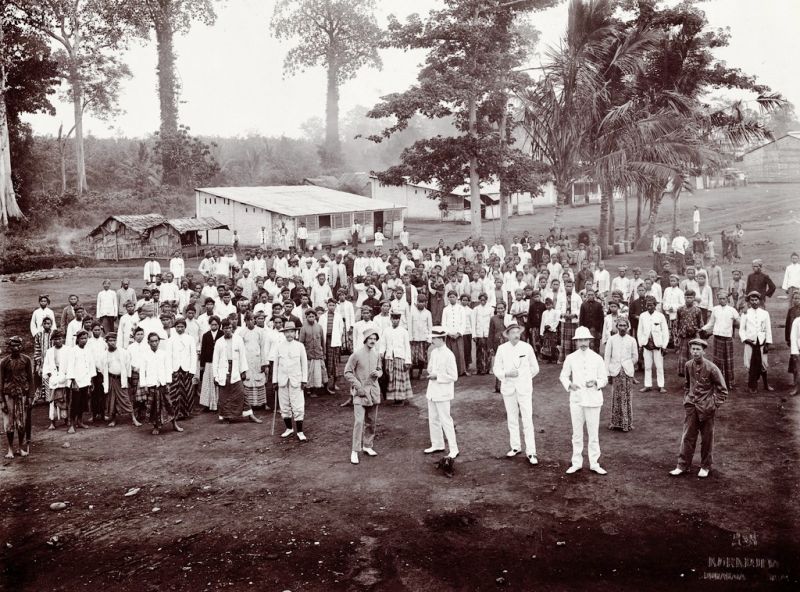
The initial center for the barracoons was at Hong Kong where the population had swelled from 4,000 on foundation to 19,000 by 1844. It is estimated that in the period 1855-59 over 80,000 Chinese passed through the British dominion on their way to other countries. The principal nations taking part in the transportation were America, Britain, France, Spain and Portugal. Between 1847-62 American traders shipped 6,000 to Cuba each year. In these early days the slave trade was not a distant memory and so the same people, ships, tricks and brutality were applied to the indentured labor. In theory they were to be paid and for a limited time. In practice they would be stuck with an owner/employer who would not honor the agreement or not pay them sufficient salary to be able to buy a passage home.
The local officials in China, both Chinese and British, were appalled by the trade, but could do very little to stop it as lawyers had made it legal.
Transportation from China
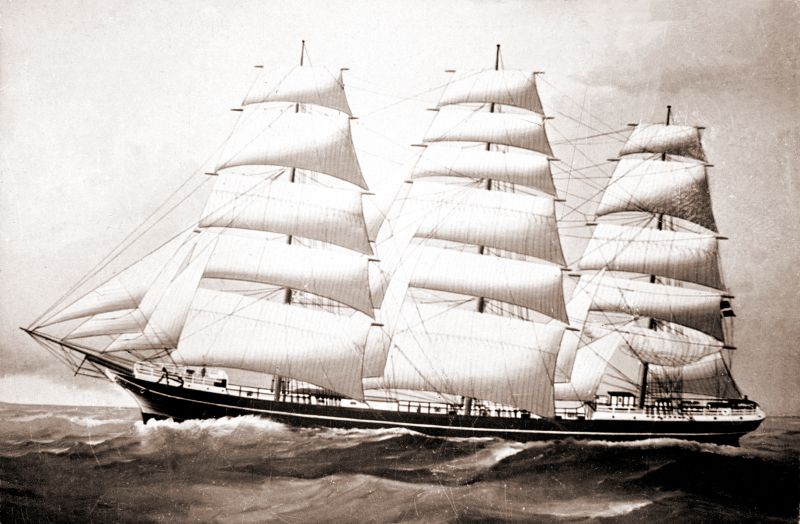
After living in appalling conditions in the barracoons ➚ at Macau and Hong Kong, a ship captain would choose the ablest and fittest. They were classed on their weight carrying capability 1, 2 or 3 picul 担 dàn. It was only then that the crimps were paid. Many died of disease or took their own lives at the barracoons. In the early days the main market were Cuban sugar plantations and Peruvian guano mining. Transportation was often in converted clippers that were just as cramped as those that transported the African slaves. Although not shackled they were kept below decks except for brief exercise sessions. About 10% of these transport ships (1847-74) mutinied over the conditions leading to 4,000 Chinese deaths. In the case of the ship ‘the Waverly’ in 1855 the consignment rebelled against disease and conditions; the ship captain’s response was to pour boiling water over them. Only 150 survived out of the consignment of 450. Even without the brutality of the ship’s captain the voyage was perilous, the American clipper the ‘Flora Temple ➚’ hit a reef in February 1860 and with only sufficient life boats for the crew, 850 coolies met their deaths. It was however disease that was the real killer with may be as many as 26,000 deaths. The average mortality rate was 12% during transportation and this was the same as for the African slave trade.
Slave labor
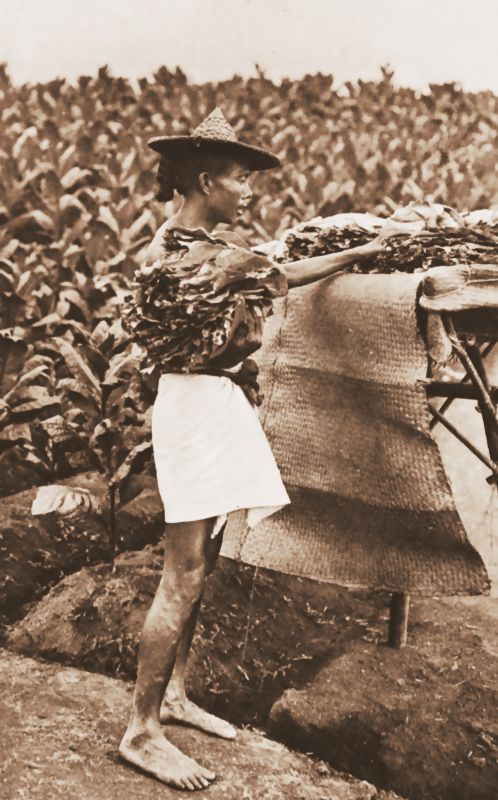
The first ship full of Chinese laborers left for the French island of Réunion ➚ in 1845 from Xiamen. When the Chinese coolies reached their destination their treatment was no better than for the African slaves they replaced. A common destination was the sugar plantations in Cuba because there slavery remained legal until 1886. At Havana they were sold for $100-$500 a head. Some also went to the gold mines and sheep farms of Australia and the sugar plantations in Cuba, Hawai'i and Mauritius. Work was backbreaking and punishment severe - often resulting in death - just like during the days of African slavery.
But the most feared destinations were the guano mines ➚ on the islands off Peru (1850-75). Here the coolies were forced to mine and carry five tons of guano each day in hot equatorial sun. The noxious material burned the eyes, throats and lungs; they only had a handkerchief over the mouth for protection. The guano was a precious agricultural fertilizer before the days of artificial nitrate manufacture. William Gibbs ➚ was one person who made a fortune from mining the guano. Many coolies committed suicide. The survival rate for 1849-75 was only 30% with 60,000 dead. In the one year 1860 it is believed that of the 4,000 Chinese laborers who had been consigned to the guano mines, not one survived. On the expiry of the contract surviving coolies were routinely forced to sign a new contract, very few ever returned back to China.
American merchants transported about 40,000 Chinese to their doom between 1852 and 1862. Although African slavery had ended in 1825 this new form only came to an end in America after the intervention of people like Peter Parker ➚ who was backed by President Abraham Lincoln in 1862. In 1860, the Englishman Lord Russell, protested about the new form of slavery 50 years after it was supposed to have been banned and helped bring about its end there. However other nations continued with the trade. In the western newspaper the China Mail (2nd May 1873) it was said ‘China is the greatest country on earth and the Chinese are the greatest nation… Once they are deceived into becoming slaves, these Chinese are treated like the blacks. This is indeed an everlasting woe.’.
When Chinese government officials visited Cuba in 1874 they found that 80% of the coolies claimed they had been duped into service. They saw for themselves the appalling conditions in which the coolies were held. The officials were able to confirm the many injuries sustained by the coolies at the hands of their owners/employers. The damning report helped bring the whole Chinese operation to a speedy end, but Chinese coolies were simply replaced with mainly Indians up until the start of World War 1. Chinese laborers ➚ were used in the war but they were treated somewhat better than their earlier compatriots. The total coolie trade for all nations saw the transportation of about 1 million people of which about 200,000 were Chinese.
Chinese immigrants in America

In the 19th century there was another side to Chinese immigration that is often confused with the coolie trade. It began with the Californian gold rush in 1849. Many Chinese fancied the prospects of riches and voluntarily paid their transportation fee. Although the sea voyage was almost as bad as the coolie trade they were treated as free people on arrival. Once in America they often worked as independent prospectors or within informal co-operatives. When the gold rush ➚ came to an end they switched to work on the new railroads linking eastern and western US. 90% of the railroad labor force was Chinese with the rest Irish. Although men came voluntarily to America, women were often forcibly taken from China to meet the demands of the single men (in 1880 there were about 3,000 Chinese women and 100,000 men). All went reasonably well until the gold ran out, in the 1850s many were able to send money back home to China. There was a different situation in Hawai'i where Chinese coolies were used on the sugar plantations as slave labor - they earned $3 a month for 12 hour’s labor six days a week. Many stayed on in Hawai'i to start small businesses - one such person was Sun Mei ➚ elder brother of Sun Yatsen.

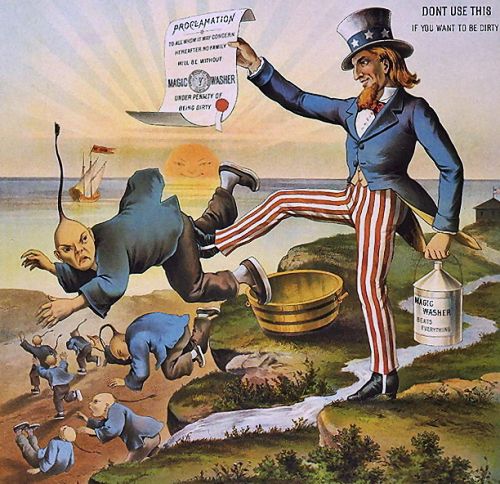
The Burlingame-Seward Treaty ➚ of 1868 gave Chinese nationals rights of residence but not eventual U.S. citizenship. Other US citizens began to resent the Chinese who then became increasingly isolated and ostracized. In San Francisco the Chinatown reached a population of 22,000 by 1880. It was run by the ‘Six Companies ➚’ that provided community welfare and protection but were linked to secret societies. Increased tensions over diminishing employment opportunities led to the Chinese Exclusion Act ➚ of 1882 that banned any Chinese from taking up laboring jobs for ten years. It was the first US law to ban individuals on the basis of their race. The Chinatowns were considered filthy and amoral settlements and physical and verbal attacks became increasingly nasty. The popular Californian publication ‘The Wasp ➚’ contained very racist cartoons and editorials. Further restrictions continued with the Scott Act of 1888 ➚ which banned laborers coming back to the US if they ever visited China. The Geary Act of 1892 ➚ forced the registration of all Chinese residents and then came the Exclusion Act of 1904 ➚ that forbade immigration of all Chinese even the wives of existing settlers. Some American writers were appalled by all this, including Mark Twain ➚ who railed against ‘the individuals, communities, the majority of the state itself… hating, abusing and persecuting these humble strangers’.
The history of the Chinese coolie trade is little known. Compared to the soul searching over the African slave trade the issue is simply ignored; this is regrettable as it reveals the complexities of US - China relations that persist to the present day. Researching this piece I found little or nothing in the standard history books. I am particularly indebted to Eric Jay Dolin’s book ‘When America first met China ➚’ for providing a useful summary of this ignominious episode.